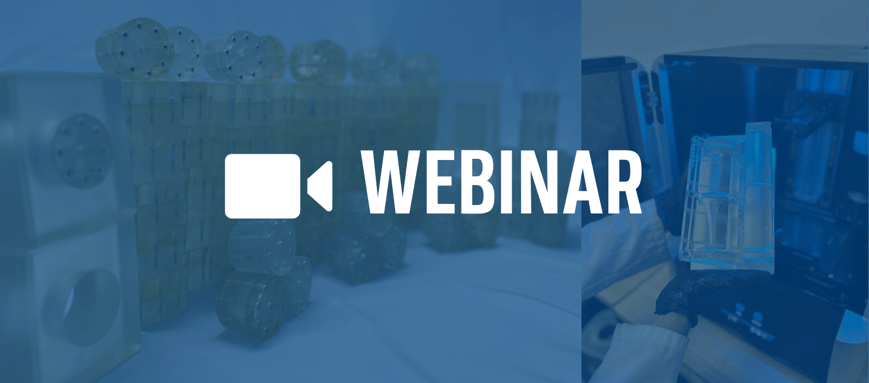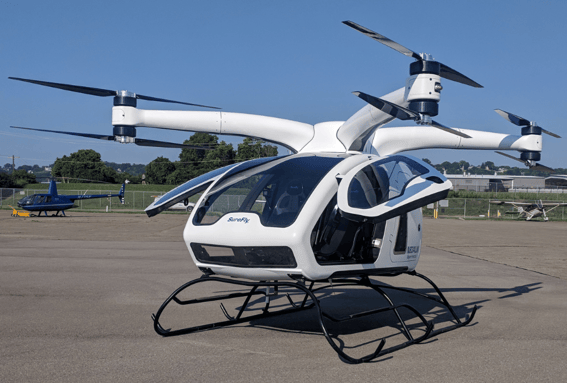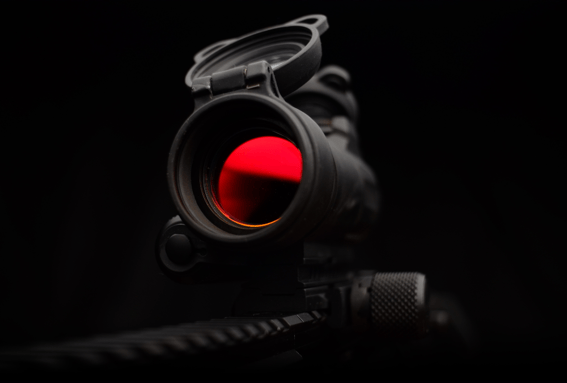Long-Lasting Products: Properties to Ensure Performance, Rain or Shine
When it comes to materials used in the world’s harshest conditions, corrosion and ultraviolet (UV) resistance are some of the key properties necessary to preserving long-term functionality. In pouring rains and ocean water, corrosion resistance ensures that these materials can continue functioning as expected for years to come. In harsh sunlight and intense heat, UV resistance keeps the materials from breaking down and becoming brittle. These two properties come together to protect products in industries such as defense and aerospace from the fierce forces of nature.
Corrosion Resistance
Corrosion involves a chemical or electrochemical reaction between a material and its environment that produces a deterioration of the material and its properties. While the chemistry of corrosion is quite complex, the chemical or electrochemical reactions that induce it occur at specific, measurable rates for certain materials, notably metals. Metals lose electrons to the environment in the process of oxidation, causing dimples to form on the anodic (positively charged) areas of the metal and rust to accumulate next to each such site. Observing this process through material weight loss, density, area, and time passed, the life of a metallic material can be predicted in terms of mils penetration per year (mpy) which describes how many thousandths of an inch the material will lose in a year in a specific environment.
For polymers, such as plastics, the process is not so predictable. Corrosion in these materials breaks the chemical chains holding the polymers together, changing the properties of the material and impeding performance. Unlike rust, the corrosion in polymers may also be hard to see—the damage can sometimes present as cracks, dimples, or color changes, but it might not be visually identifiable.
There are a number of different mechanisms of corrosion. Thermal degradation can occur when the material is heated above a specific temperature and therefore loses or changes its chemical or physical properties. Additionally, radiation or electromagnetic energy can interfere with the molecular structure of the material and break bonds or cross-links between them. Ozone has a similar effect, breaking the material down beyond usefulness when present in large concentrations. Hydrolysis is another mechanism by which the material may degrade in contact with water. Absorption, permeation, or other processes can occur, leading to either a swell in the material from fluid uptake or dissolving of the material in a solvent.
Studying corrosion allows for the prediction of what might occur if a material is going to be exposed to certain corrosive conditions, allowing engineers to preemptively design for it. This can be done using different coatings, primers, sealants, etc. that protect the material’s surface. Even galvanic corrosion can be reduced—using an interleaf material such as fiber glass at the seam between two other materials greatly diminishes the corrosion they may cause to each other. Overall, this reduces maintenance and replacement costs along with ensuring that the system in question is reliable and performance is achieved as planned. Alternatively, selecting a corrosion-resistant material can circumvent the need for secondary processes such as coating, priming, or sealing.

Ultraviolet Light Resistance
UV resistance refers to a material’s ability to avoid degradation caused by the absorption of UV radiation. There are three forms of UV light: ultraviolet A (UVA), ultraviolet B (UVB), and ultraviolet C (UVC). Of the UV light that breaches the ozone layer and reaches the Earth’s surface, 98.7% is UVA and only 1.3% is UVB. In contrast, UVC light is completely blocked by the ozone layer, but it is often artificially produced for use in disinfecting and cleaning surfaces.
The most abundant form of UV light on Earth, UVA, can break down chemical bonds in polymers, causing plastics to wear down and disintegrate over time in a process known as photodegradation. The effects are often familiar, with yellow or white discoloration known as “chalking” being one of the most apparent signs. Underneath this change in color, there is usually the beginning of a loss of physical properties. These include impact strength, the ability of a substance to withstand suddenly applied force; tensile strength, the maximum stress that a substance can withstand without being stretched or breakage; and elongation, the measure of deformation occurring before a material eventually breaks when subjected to a tensile load.
UV-resistant plastics in particular do not typically exhibit changes in appearance such as yellowing, leaching dye color, bleaching, or the formation of stress cracks. With UV-resistant materials, mechanical properties also remain intact—the material will maintain strength, elasticity, and hardness, and will not become brittle. UV resistance can be enhanced using coatings that preserve the material’s surface, by introducing pigments which effectively filter out UV rays, or neutralizing the electromagnetic energy within the compound and dissipating it harmlessly.
Aside from defense and aerospace, applications intended for outdoor use are one common use of UV-resistant materials. Weatherproof applications in particular are great candidates for UV-resistant materials. In addition, consumer equipment products such as bicycles and firearms often require this quality for extended outdoor use and storage.
Our Solution
HX5®, Alpine Advanced Material’s flagship composite material, boasts both superior corrosion resistance and high UV resistance compared to aluminum 6061-T6. Originally designed for aerospace and defense uses, this ultra-light and mechanically superior nanocomposite is designed to be the most capable, versatile, and best-in-class option for high-performance installations.
To test HX5’s resistance to corrosive conditions, the material was subjected to fuel soak testing, environmental soak testing, salt fog testing, and galvanic corrosion testing using ASTM standards. In the fuel soak test, HX5 displayed no detrimental effects in performance from a 32-day soak in Jet A fuel. When soaked in other common fluids, such as lubricating oils and cleaning solutions, there was again no effect on the mechanical performance of HX5. In the salt fog test, both primed and bare HX5 samples showed no signs of salt build up, blisters, or visible abnormalities, and showed excellent resistance to corrosion. As for galvanic corrosion, HX5 paired with aluminum 6061-T6 had a corrosion rate of 3.6 mpy, whereas HX5 paired with brass C360 had a corrosion rate of 0.017 mpy (image from testing below).

HX5 is also highly resistant to UV light and well-adapted for long-term use in harsh outdoor conditions. Under ASTM testing, HX5 showed no degradation of physical and aesthetic properties when exposed to both UVA and UVC light. While resistance to UVA makes the material capable of lasting much longer and retaining its function under extended exposure to sunlight, resistance to UVC also qualifies it for high-touch applications where frequent sanitation is necessary, such as in aircraft interiors, and is a required material property for most space applications.






